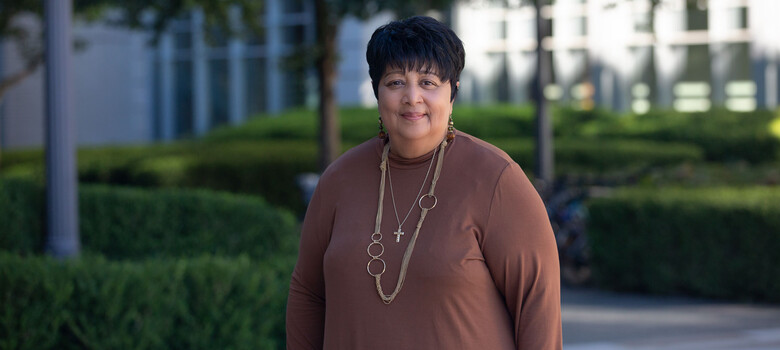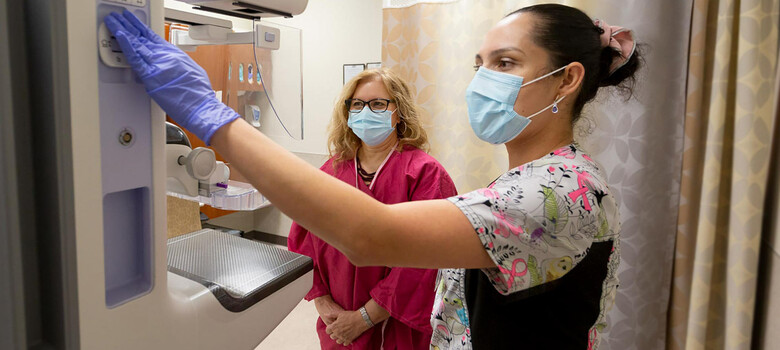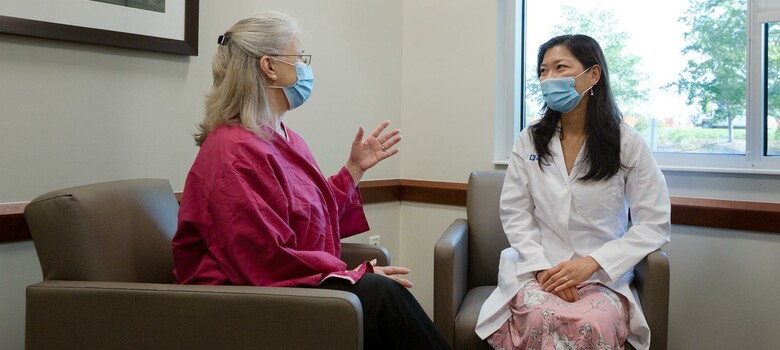How Screening Mammograms Can Save Your Life

You may not feel lucky, but if you are one of the estimated five out of 1000 women diagnosed with breast cancer based on a screening mammogram, you may well be. The American College of Radiology recommends getting a screening mammogram every year starting at age 40 to catch and treat breast cancer early. Here, Eun Langman, MD, a breast radiologist at Duke Health, explains why regular screening mammograms are so important.
Early Breast Cancer Has No Symptoms
Chances are good that you or someone you know will develop breast cancer. The odds over a lifetime for women in the U.S. are one out of eight -- and the majority have no known risk factors. Routine screening mammograms can detect cancers when they are small, even before they can be found with a breast exam. With current imaging technology, radiologists can look at the breast in three dimensions and detect breast tumors that are smaller than a pencil eraser.
Breast Cancer Treatments Are Most Effective When Cancer Is Caught Early
A small cancer that is caught early is unlikely to have spread to other parts of the body -- something that makes treatment more challenging. Although some people may be concerned about potential radiation exposure from a mammogram, the benefit of catching breast cancer today -- as opposed to months or years down the road -- is immeasurable. The amount of radiation used for a mammogram is very low and should not be a concern.
Abnormal Results Do Not Mean You Have Cancer
If you recently had an abnormal screening mammogram result, there is a 95% chance that you do not have breast cancer, but it’s better to be safe than sorry. During a follow-up exam -- called a diagnostic mammogram -- more detailed images of your breast are taken. Most patients will have normal follow-up exam results. If not, either a biopsy or more follow-up testing will be recommended.
There are two things you can do to avoid a false positive. First, find a center or clinic that you like and stick with it year after year. Mammograms taken on different machines can look very different. It is easier to see changes in breast tissue when comparing two otherwise identical images. Second, if you are going to a new clinic, make sure they know where you went for mammograms in the past. The new center will do the legwork to get the old images.
Breast Self-Exams Are a Powerful Tool
Even if you have a normal mammogram result, there is a small chance you might have breast cancer. Dense breast tissue can hide cancers, and certain types of cancers can be hard to see on imaging. Breast self-exams are the most underrated tool for cancer detection. They are free, and you can perform them as often as you like. Mammograms are not perfect, but currently they are the best option for catching cancer early. Without a doubt, regular screening mammograms -- especially when combined with self-breast exams -- save lives.



